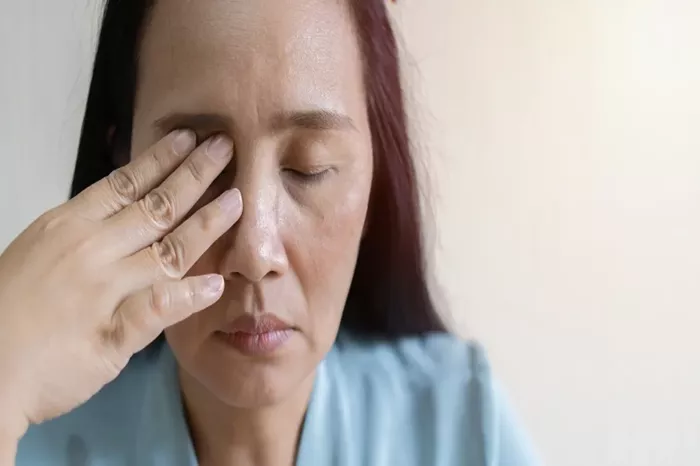A recent study published in the American Journal of Ophthalmology has highlighted the potential of Silk-Derived Protein-4 (SDP-4) as a novel and effective treatment for severe dry eye disease (DED). The research underscores SDP-4’s safety and efficacy in alleviating symptoms, a significant advancement given the current limitations of available treatments.
Silk-Derived Protein-4 (SDP-4), which emulates proteins found naturally on the ocular surface, has been identified as a promising treatment for severe dry eye disease (DED). A study featured in the American Journal of Ophthalmology confirms that SDP-4 is both safe and effective in managing DED symptoms.
DED is marked by persistent inflammation on the ocular surface, which disrupts the mucin protein layer crucial for maintaining a protective tear film. Despite the critical role of these proteins, no commercial eye drops currently include them as ingredients.
Study Overview
The study, referred to as SDP-4-CS201, was a Phase 2, multi-center, double-masked, randomized, vehicle-controlled trial aimed at assessing the ocular and systemic safety of SDP-4 ophthalmic solution in patients with moderate to severe DED. Conducted across 26 sites with 296 participants, the trial lasted for 12 weeks.
In addition, the SDP-4-CS202 trial was a Phase 2, multicenter, double-masked, randomized study focused on evaluating the efficacy of a 1% SDP-4 solution over an 8-week period. This trial involved 144 participants and was conducted at 5 sites.
Both studies included participants who had used artificial tears within 30 days prior to the trial and were instructed to discontinue their use. The trials compared SDP-4 with a vehicle control (an eye drop formulation without SDP-4).
Findings
In the SDP-4-CS201 trial, participants rated their DED symptoms using a Visual Analog Scale (VAS) as part of the Symptom Assessment iN Dry Eye (SANDE) questionnaire. Results indicated a significant reduction in symptoms for those using 1% SDP-4. By day 7, all treatment groups showed improvement, with the most substantial reduction in symptoms observed by day 84, particularly in the 1% SDP-4 group.
In the SDP-4-CS202 trial, improvements were noted starting from day 14. On day 56, the mean SANDE score reduction was 17 units for the 1% SDP-4 group and 19 units for the vehicle group.
Comparative analysis of the two cohorts revealed that the first cohort, with more severe symptoms, experienced a statistically significant reduction in patient-reported symptoms at both day 14 and day 56. By day 84, symptom improvement averaged 45.7% in the first cohort treated with 1% SDP-4.
Tear break-up time (TBUT) also improved notably. In the first cohort, TBUT increased by 72% with 1% SDP-4 treatment by day 28. The second cohort showed improvements from baseline measurements to day 14 with 1% SDP-4 compared to the vehicle.
Safety Profile
Both trials reported that all treatments were well-tolerated, with no serious eye-related or other adverse events associated with either SDP-4 or the vehicle control.
Conclusion
The study’s results suggest that 1% SDP-4 eye drops offer substantial benefits, providing both comfort and significant symptom reduction for individuals with severe DED. This could represent a significant advancement in treatment options for the over 400 million people worldwide affected by this condition.
Related topic:
How Is Double Eyelid Surgery Performed?

